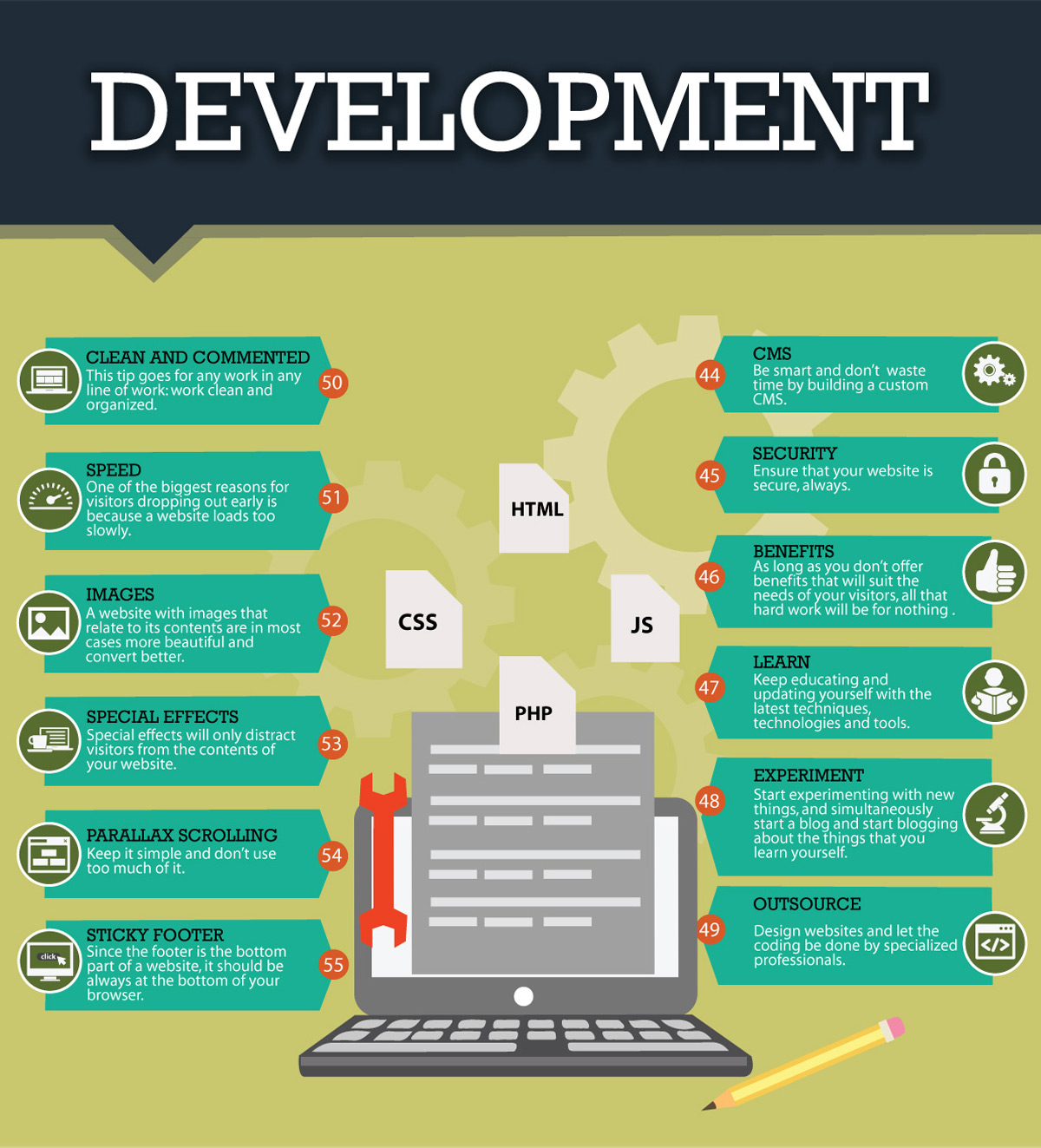Web Site Layout Basics: Tips For Structure A User-Friendly Site
Web Site Layout Basics: Tips For Structure A User-Friendly Site
Blog Article
Web Content By-Hovmand Thorpe
When it comes to web site layout, making certain user-friendliness is crucial. From receptive design to streamlined navigating, every element plays a critical duty in creating a site that accommodates your target market's demands. But what concerning the finer information that can make or break a user's browsing experience? Keep tuned as we discover some often-overlooked pointers that can elevate your website's use to the following level, making it really attract attention in the digital landscape.
Significance of Responsive Style
Responsive design is an important element of modern website growth. seo packages and pricing is responsive methods that it can adjust to various screen sizes and gadgets, supplying a seamless experience for customers.
With improve seo ranking on google boosting use smartphones and tablets to access the web, having a receptive style is crucial for getting to a wider target market. It aids in boosting individual experience by making your site very easy to browse and read on any type of gadget.
In addition, responsive layout can favorably affect your internet search engine rankings, as search engines like Google prioritize mobile-friendly internet sites. By having a receptive design, you're also future-proofing your internet site, as brand-new gadgets with varying display sizes continue to emerge.
Simplify Navigation Structure
To boost individual experience and promote simple accessibility to information on your website, simplifying the navigation structure is extremely important. When designing your website, concentrate on creating a clear and intuitive navigating menu that assists visitors locate what they're looking for swiftly.
Limitation the variety of food selection products to the fundamentals, organizing associated web pages together to avoid overwhelming users. Use descriptive labels that plainly indicate the web content of each web page, making it simpler for users to recognize where each web link will certainly take them.
Take into consideration implementing dropdown food selections for subcategories to stop littering the primary navigating bar. Furthermore, consist of a search bar plainly on the web page for users that prefer looking for specific information.
Prioritize mobile responsiveness in your navigating design to ensure very easy access on all gadgets.
Optimize Page Load Rate
Improving page lots speed is important for maintaining site visitors on your internet site. Slow-loading pages frustrate individuals and can lead to high bounce rates. To enhance page load speed, start by optimizing photos. Compress Read Even more without jeopardizing top quality to reduce their data sizes.
Furthermore, allow browser caching to store regularly accessed sources locally, quickening tons times for returning site visitors. Minify CSS, JavaScript, and HTML files by removing unnecessary characters, remarks, and format, enhancing lots speed.
Take into consideration utilizing a web content distribution network (CDN) to disperse your web site's web content across several web servers worldwide, lowering latency for customers accessing your site from different areas. Lastly, restrict the use of third-party manuscripts and plugins, as they can considerably impact tons times.
Final thought
In conclusion, by including responsive design, simplifying navigation, and maximizing page tons speed, you can develop an easy to use web site that appeals to a bigger target market and boosts customer experience. These essential elements guarantee that site visitors can conveniently gain access to and navigate your website throughout different tools, leading to boosted engagement and satisfaction. By focusing on these key elements, you can construct an effective internet site that maintains users coming back for even more.
